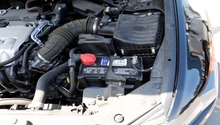Acura TSX: Why Won't My Car Start
There's not much point in having a car if it won't even start. This diagnostic will help you find the most common causes of starting problems for the TSX.
This article applies to the Acura TSX (2004-2014).
It can be frustrating trying to figure out why a car won't start; you have places to be, and your long reliable Acura has finally let you down. But if you can pinpoint the symptoms, you can figure out the problem. Does your engine not crank at all? Then start with the battery in Step 1. Do you hear a clicking sound when you try to start the car? If so, then look at the starter in Step 4. Regardless of your starting problem, we can figure it out.

Materials Needed
- Multimeter or test light
- Battery charger
Step 1 – Is the battery charged?
If your engine doesn't crank, then it's most likely because your battery doesn't have the charge required to power the starter.
Set your multimeter to volts DC and touch the two leads to the two battery terminals. A charged battery should have over 12.6 volts. If not, try hooking up the battery to a charger and let it charge for a while. If the battery doesn't charge when you hook up an external charger, you probably have a bad battery. You can also take the battery to a battery store or auto parts store to give it a load test. This will ensure whether or not your battery is the problem.
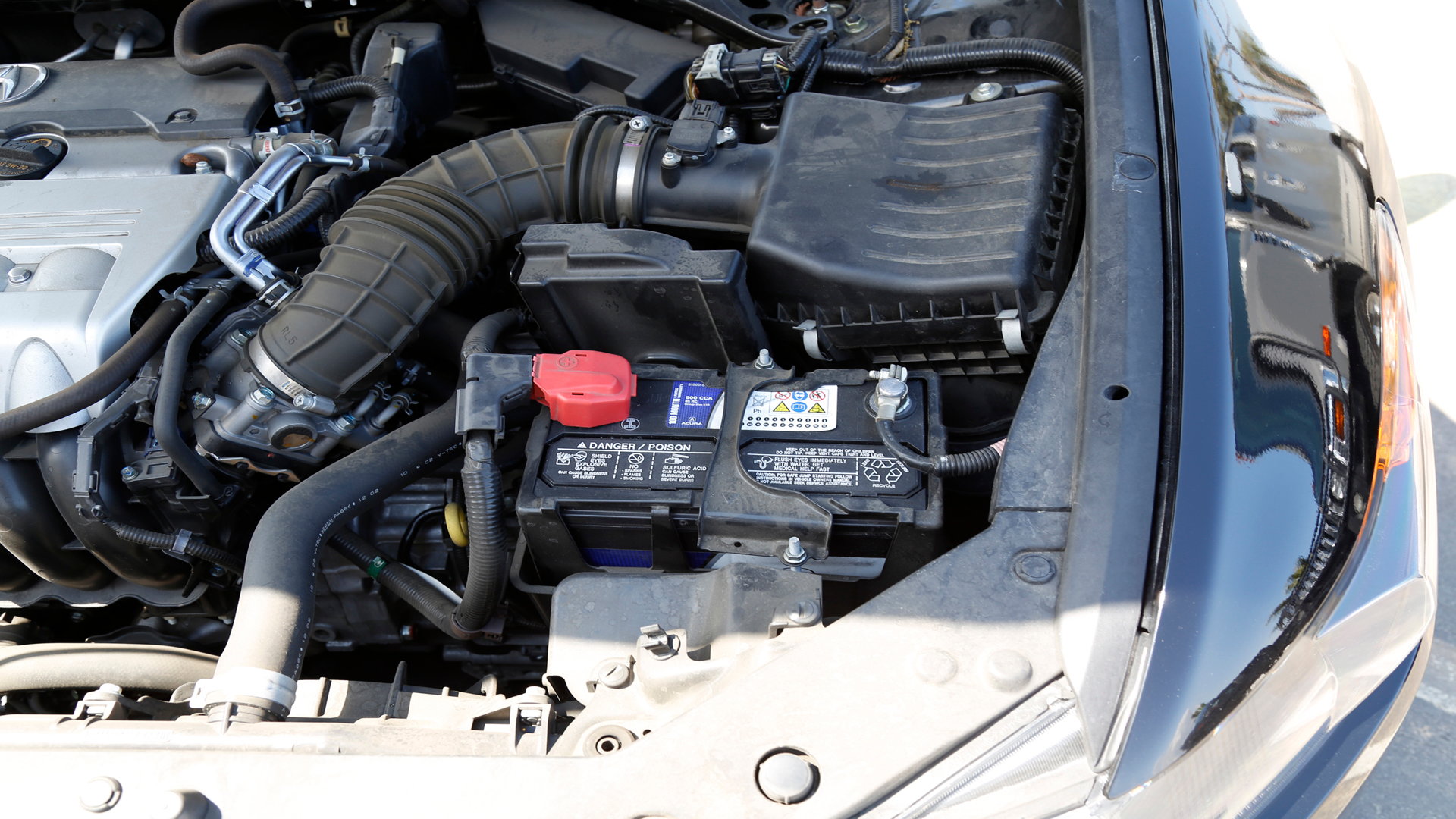
Step 2 – Is something draining the battery?
If you leave your car overnight and find the battery drained in the morning, there is most likely something in your car that's draining the battery.
You'll have to do some trial and error to find the source of the drain. First, make sure that you have a fully charged battery, and that your car is shut off with all the accessories off and the doors closed. Now, set your multimeter to measure amps. Disconnect the negative (black) battery cable. Then touch one lead of your multimeter to the negative battery cable and the other lead to the negative battery terminal.
There will always be a small amount of current draw from the ECU and radio, but those will be in the milli-amps. If your multimeter doesn't detect anything at first, switch it down to measure milli-amps. There shouldn't be more than 50 milli-amps of current draw. If it's higher, then there is something causing an unnecessary drain. You can track down the cause of the drain by removing fuses one by one until you see the amp draw drop.
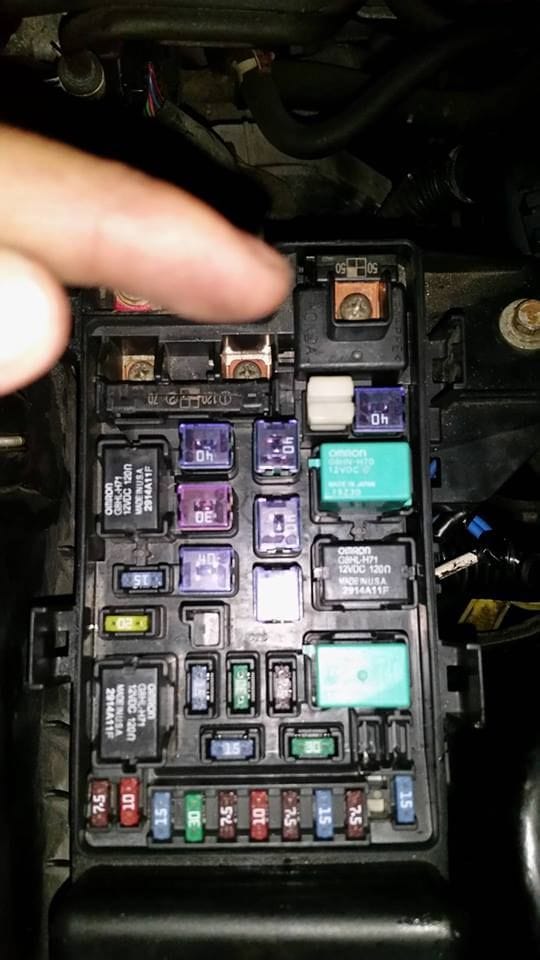
Step 3 – Is the alternator not charging the battery?
The alternator's job is to keep the battery charged when the car is on. But if something went wrong with the alternator, then your battery may not get enough charge to start the car.
Set your multimeter to measure volts DC and make sure your battery is fully charged. Touch the two leads on the multimeter to the two battery terminals. Start the car and check the voltage. It should be around 14.2 to 14.6 volts with the car running. Next, turn on the heater/blower, the radio and the headlights. The reading on multimeter should drop. If it settles below 13.2 volts, then your alternator is not charging the battery enough and may need to be replaced. To be absolutely certain you should take the alternator to a dealership to have them test it with their own equipment.
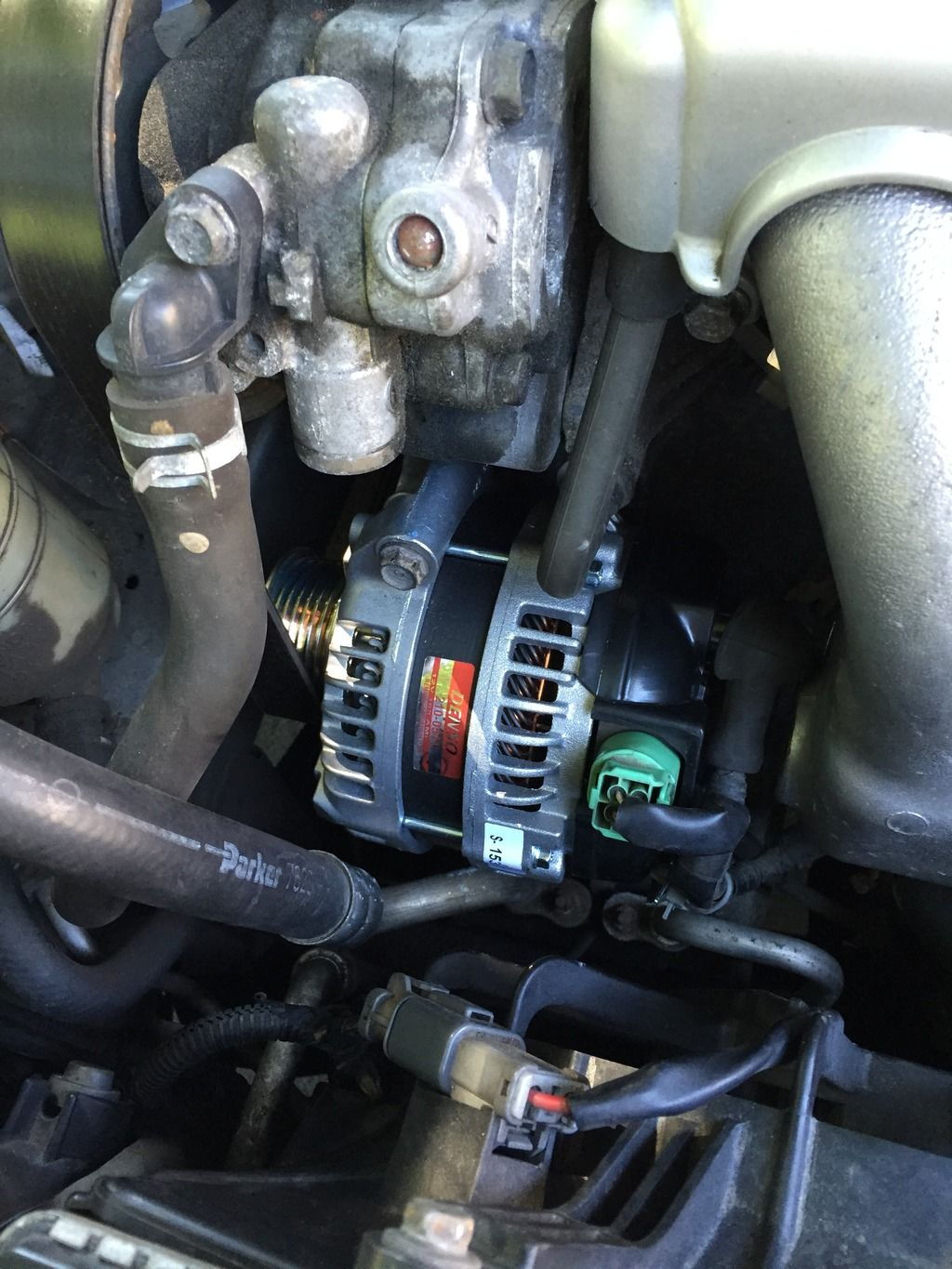
Step 4 – Is it the starter or ignition system?
Once you've confirmed that there's nothing wrong with the battery or the charging system the next suspect is the ignition system. It could either be a broken starter motor or a bad ignition switch.
Locate the "s" terminal on the starter solenoid. This connects the starter motor to the ignition switch. Touch one lead of your multimeter to the negative battery terminal and the other to the wire connected to the "s" terminal. When you try to start the car, you should detect the 12 volts from the battery. If not, then there's something wrong with either the ignition switch or the wires. If you do detect the 12 volts, then it's more likely there is something wrong with your starter.

Step 5 – Check the wires and connectors
There is always potential for failure in one of the wires or connectors for either your battery, the alternator, or the starter.
The most common point of failure is either the connectors or the ground points. You want to make sure that the connectors and ground terminals are clean and don't have any rust or corrosion on them. Sometimes ground terminals and connectors come loose, so you should tighten any nuts and bolts you find. Also, don't forget to clean the battery terminals. If you allow enough corrosion to buildup on the terminals it will create some resistance in the circuits.
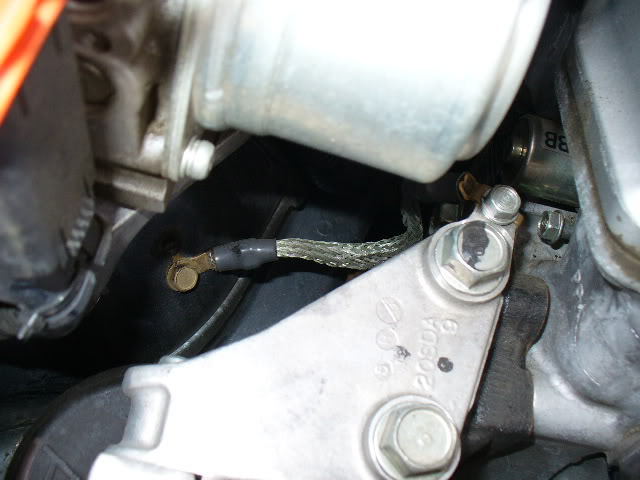
Related Discussions
- '04 TSX Very Slow to Crank in Morning - AcuraZine.com
- Car Won't Start - AcuraZine.com
- Check Charging System but Battery Tests as Good - AcuraZine.com
- TSX Won't Start - AcuraZine.com
- TSX Starting Issue and Flashing Lights - AcuraZine.com


